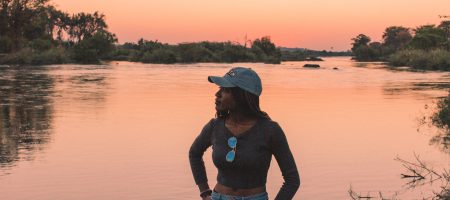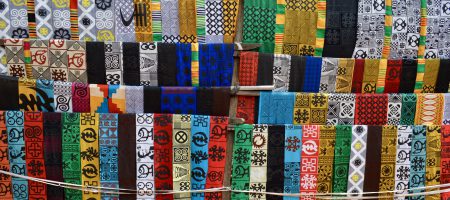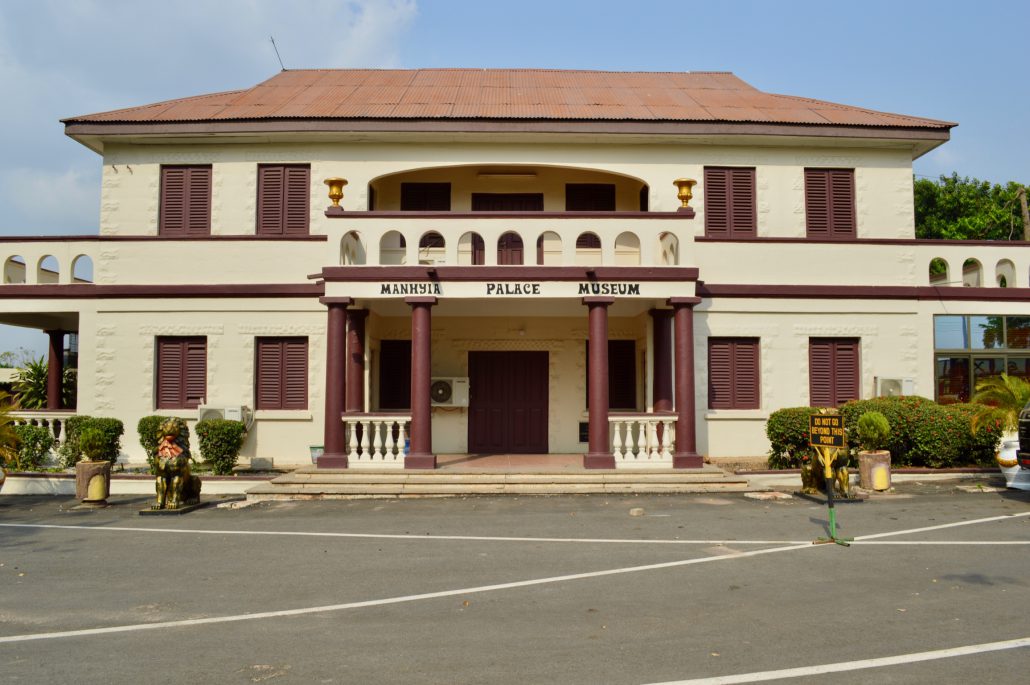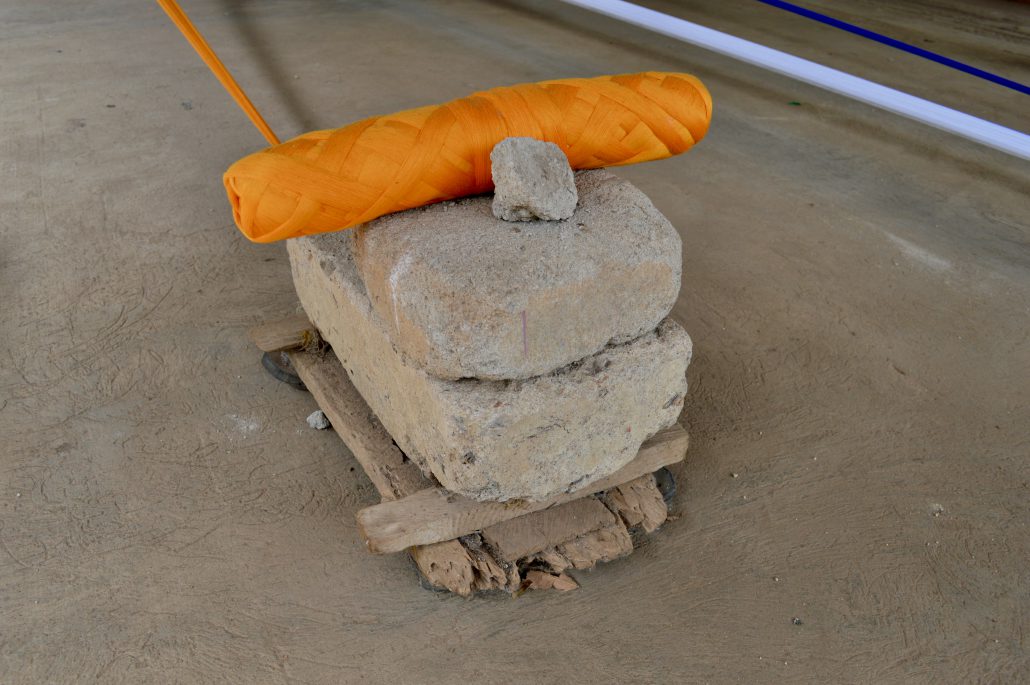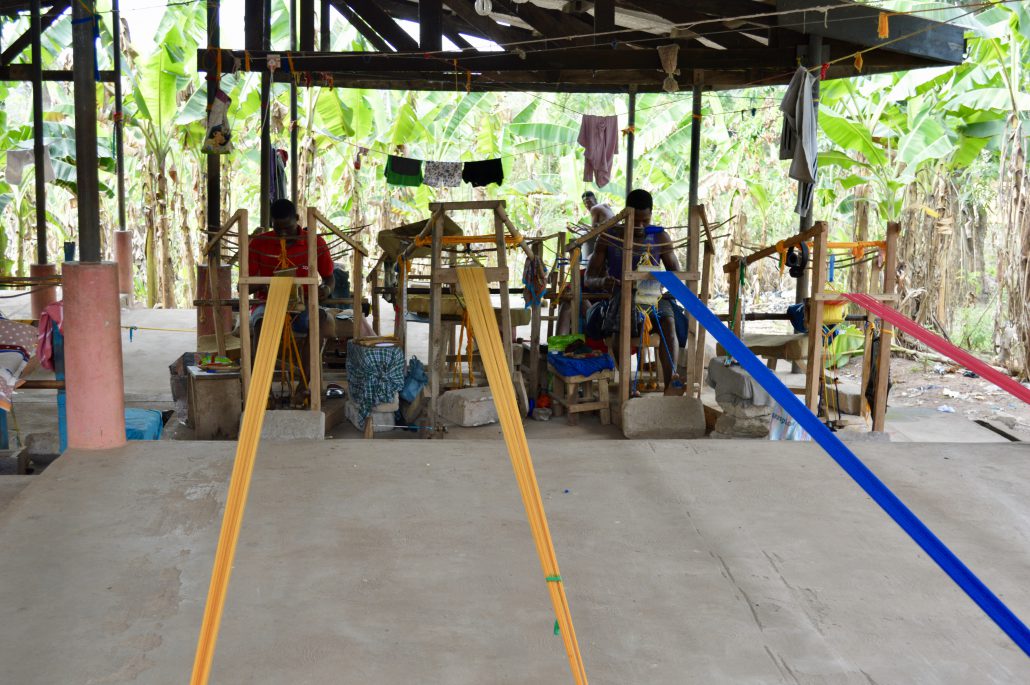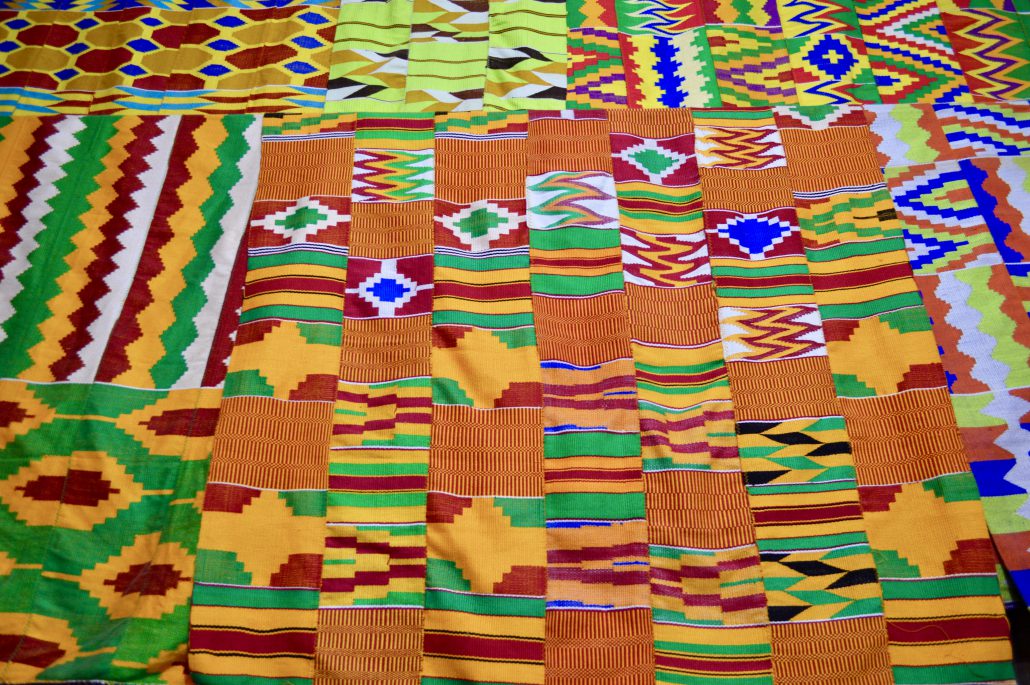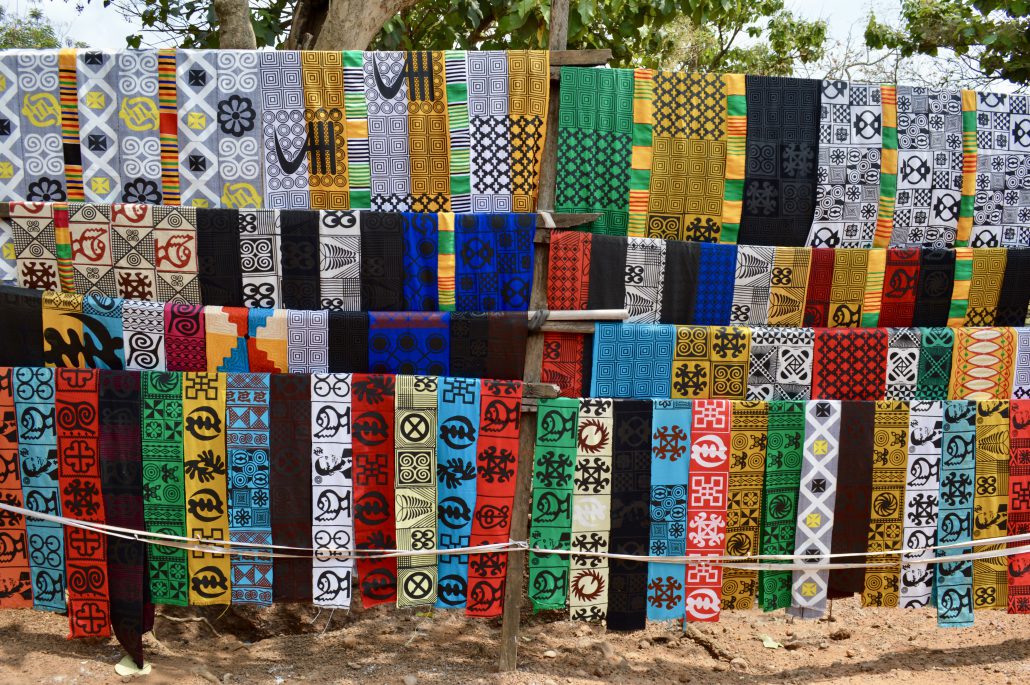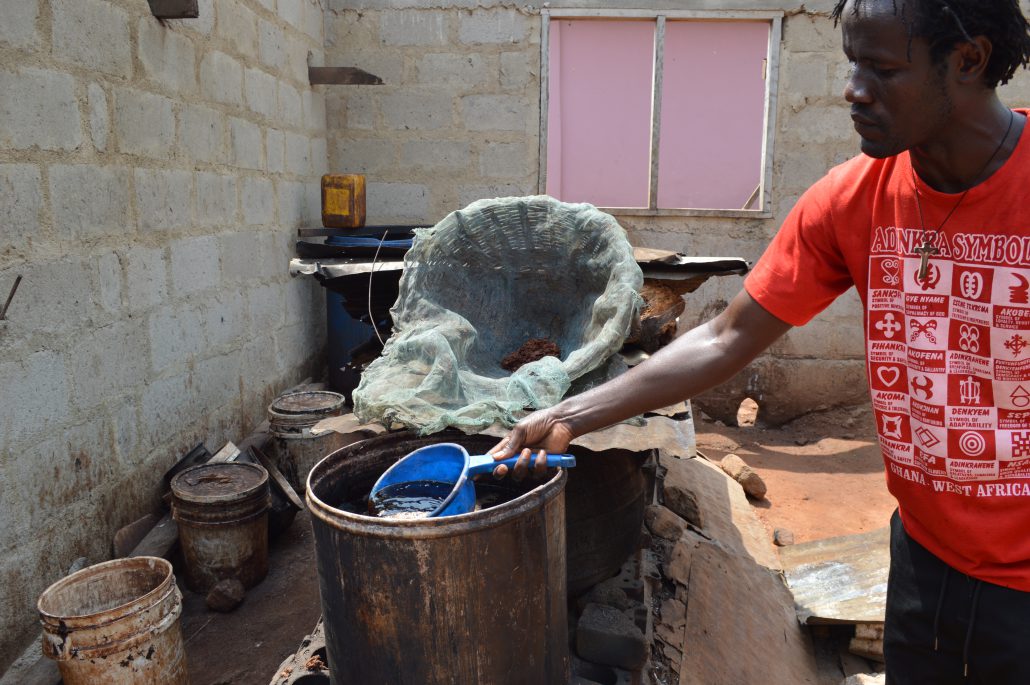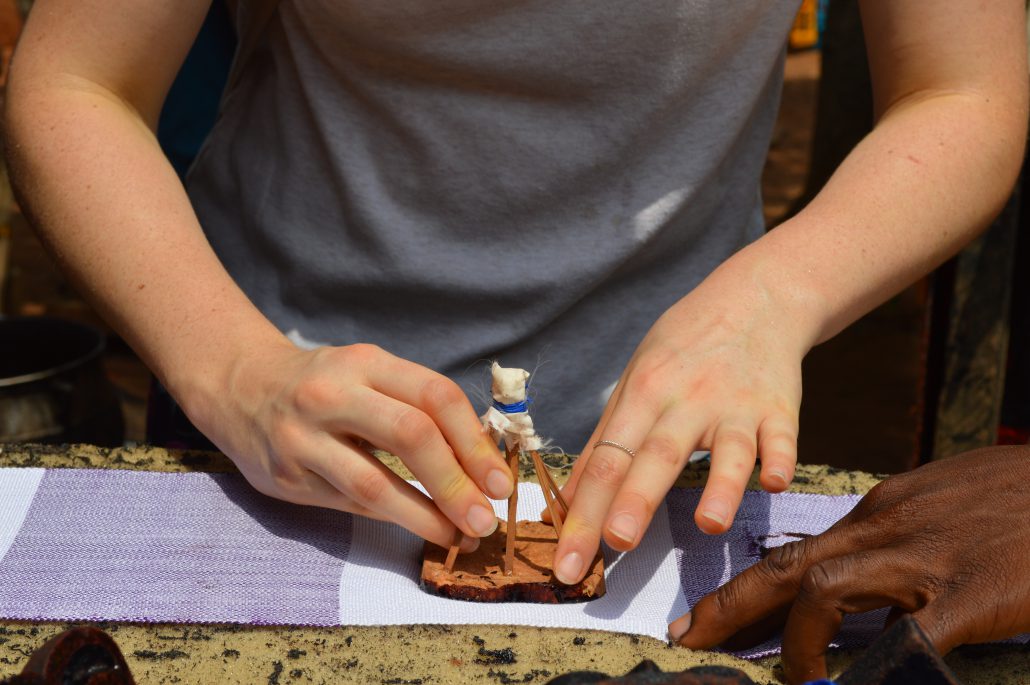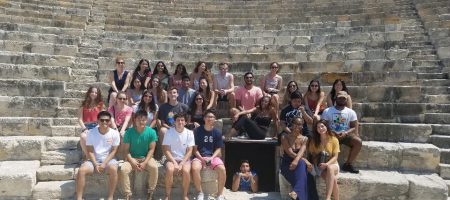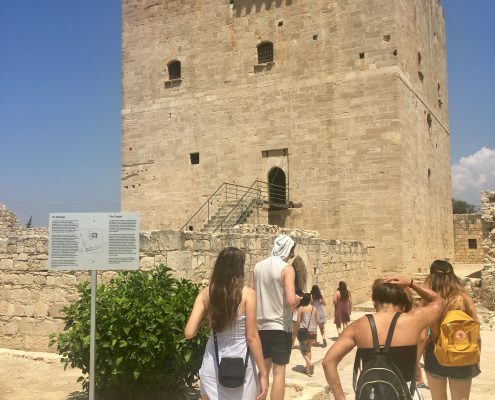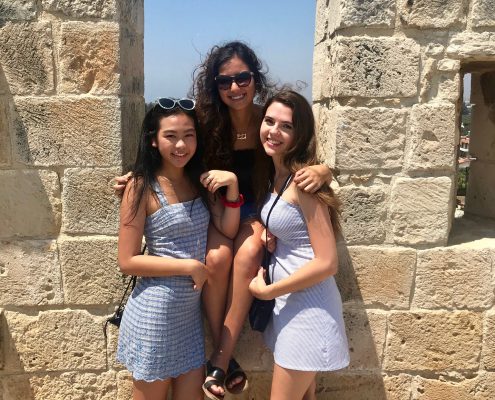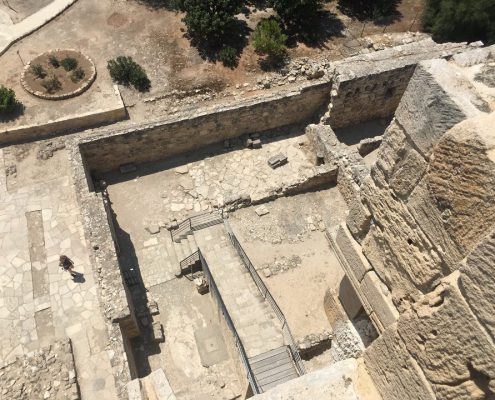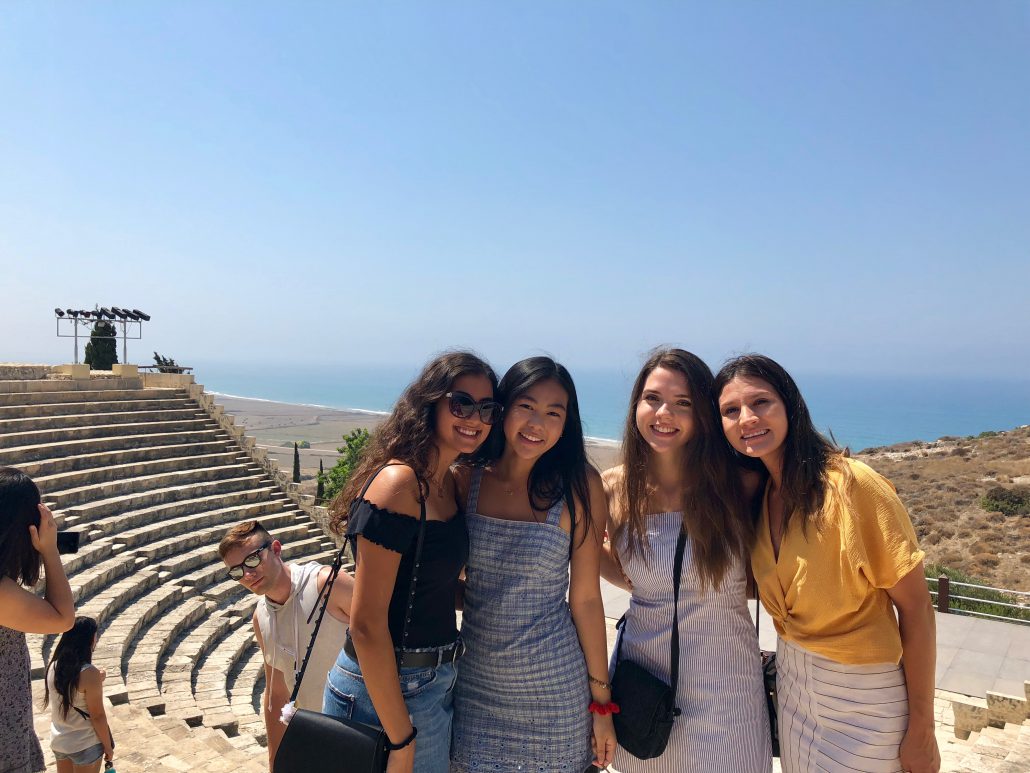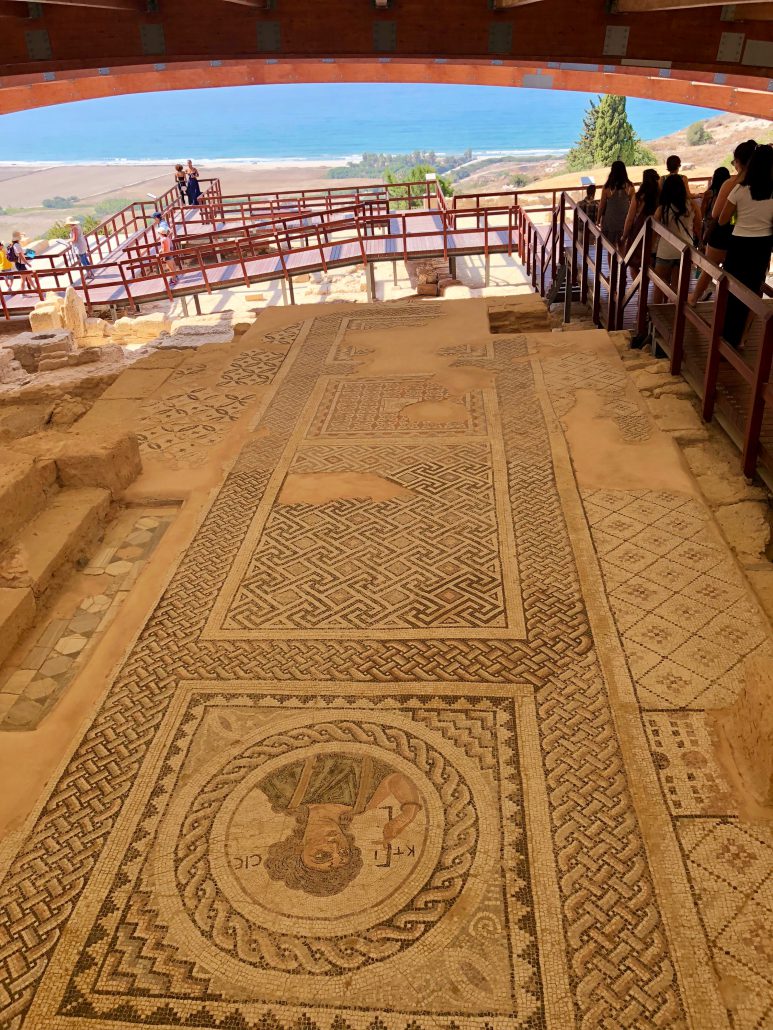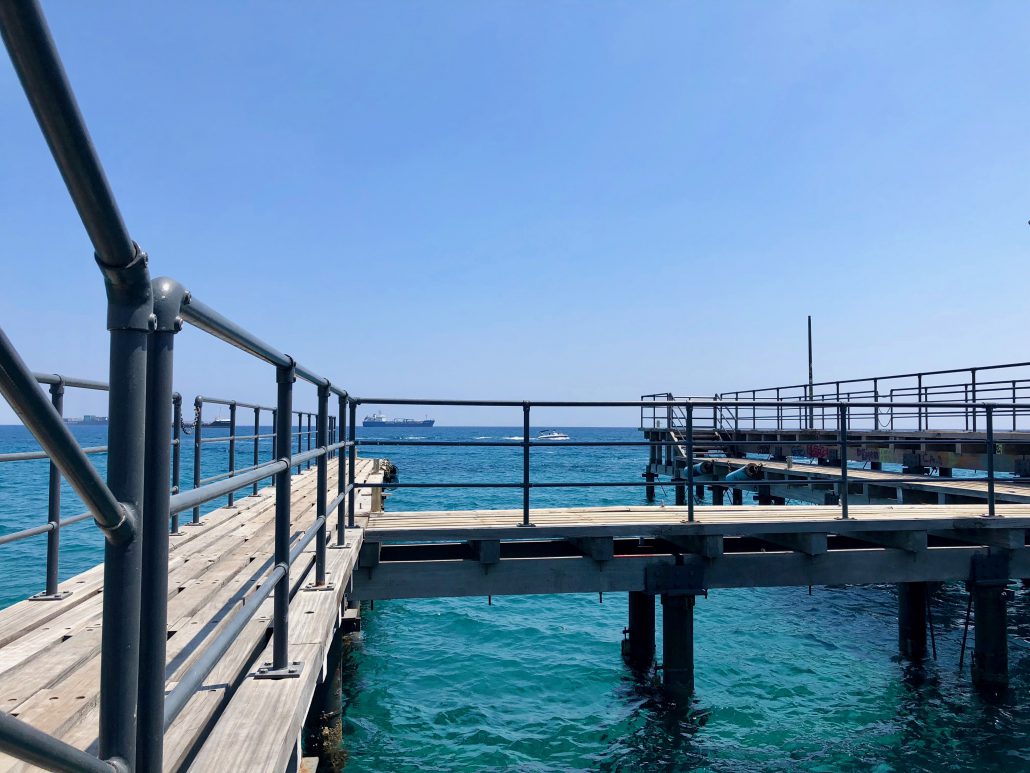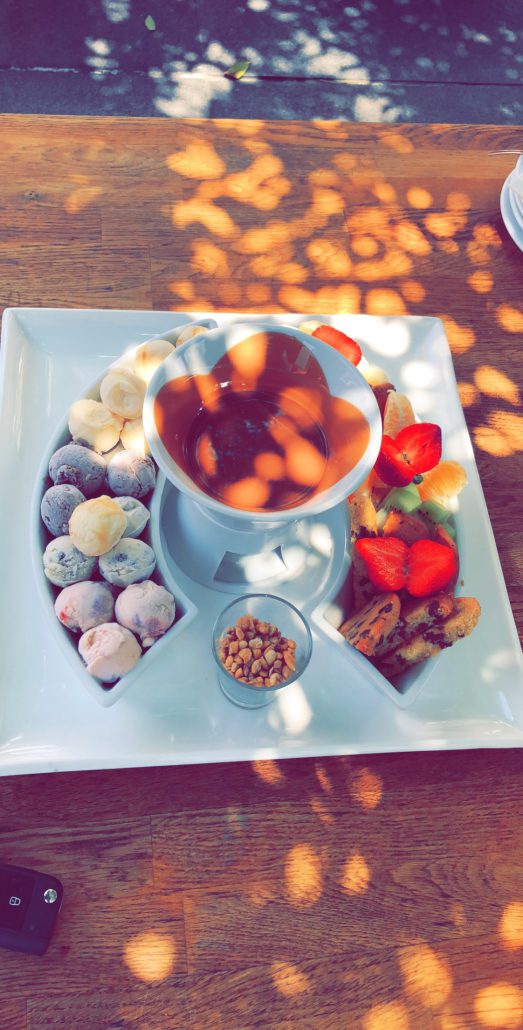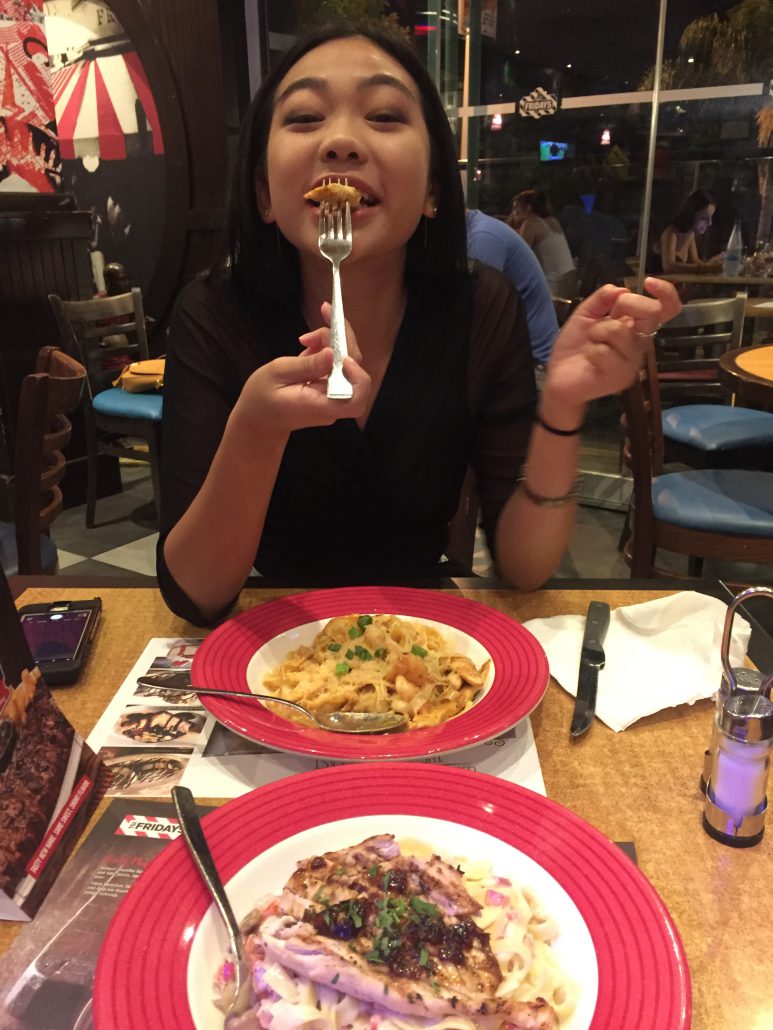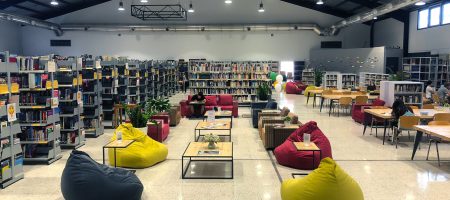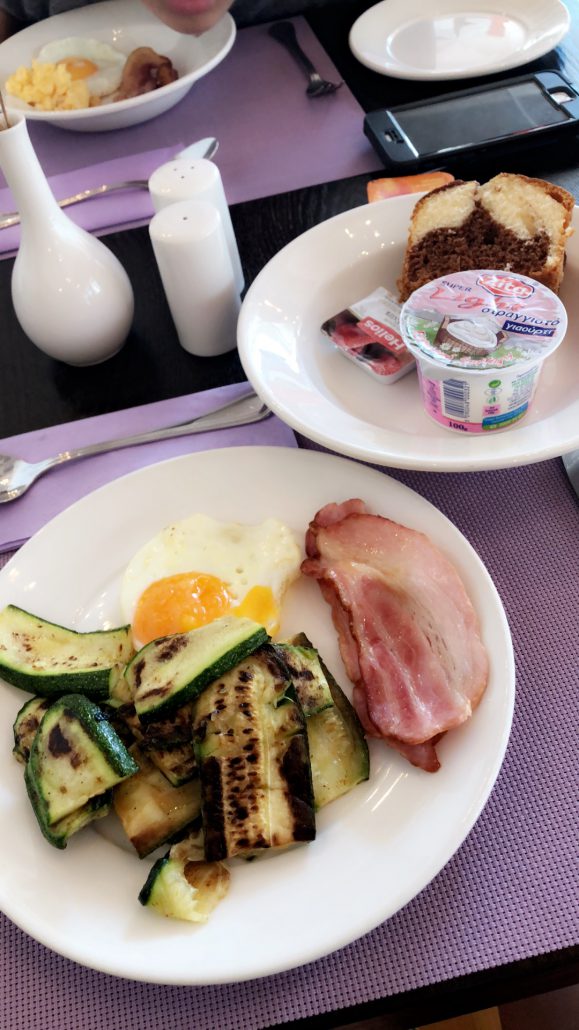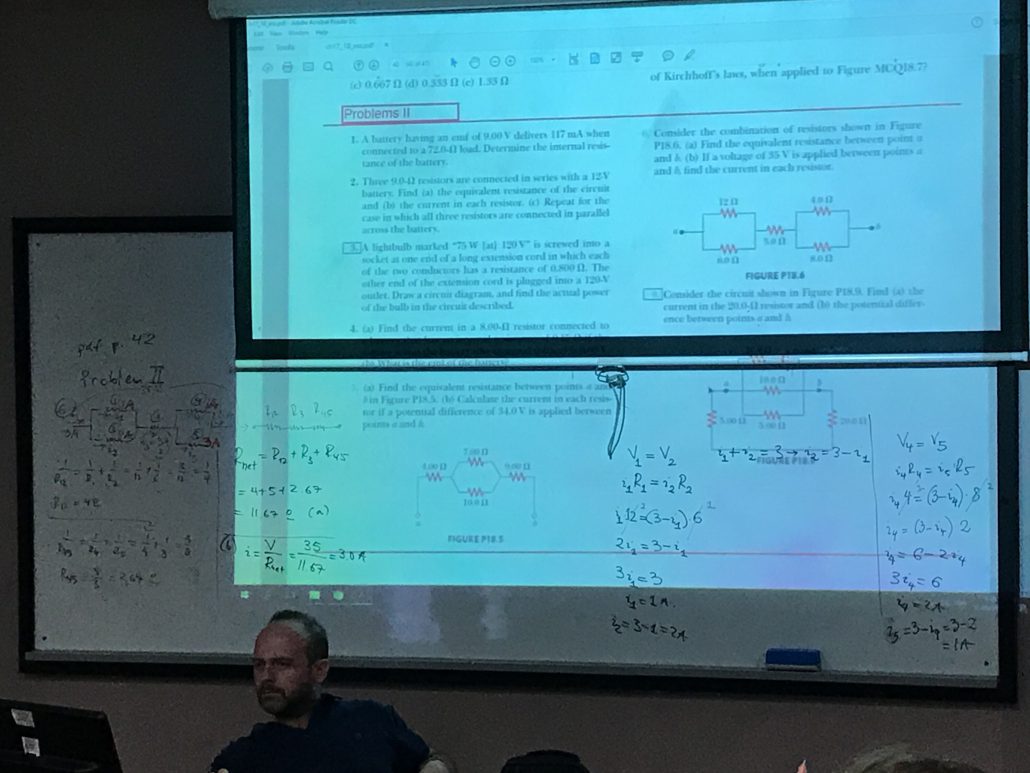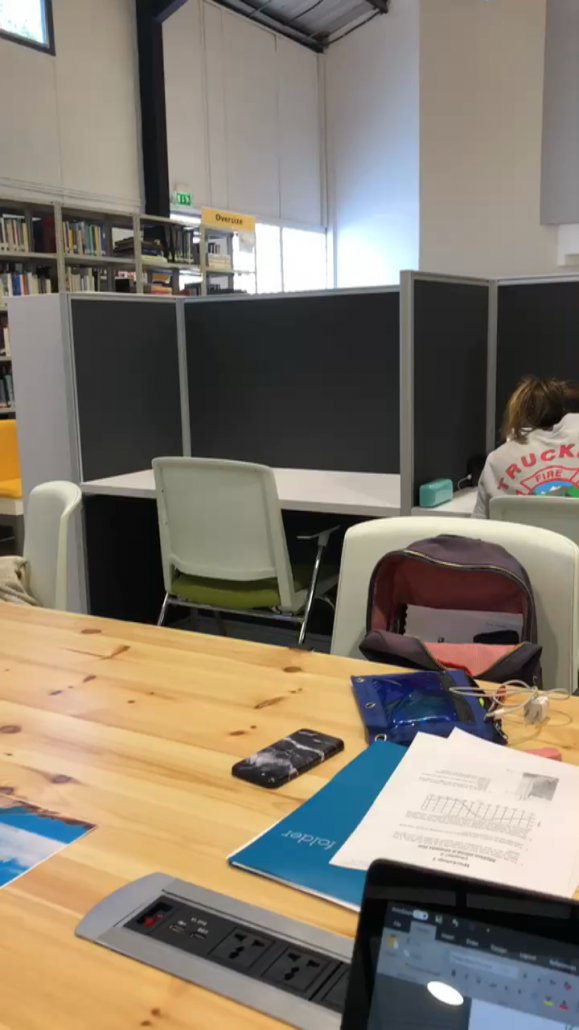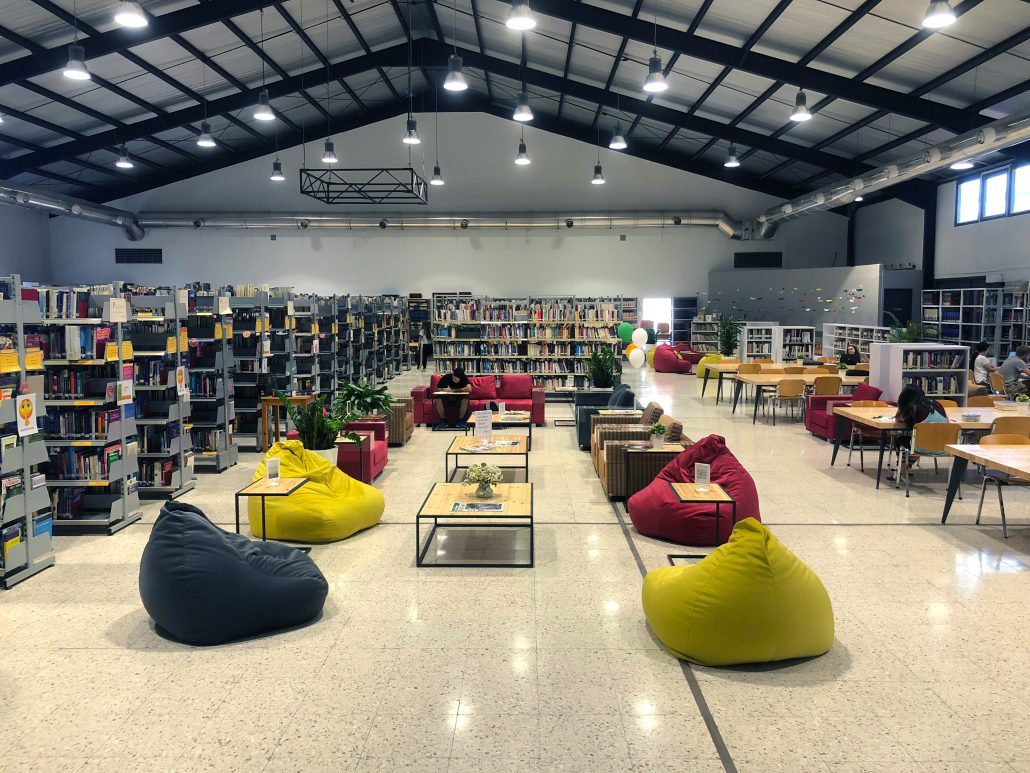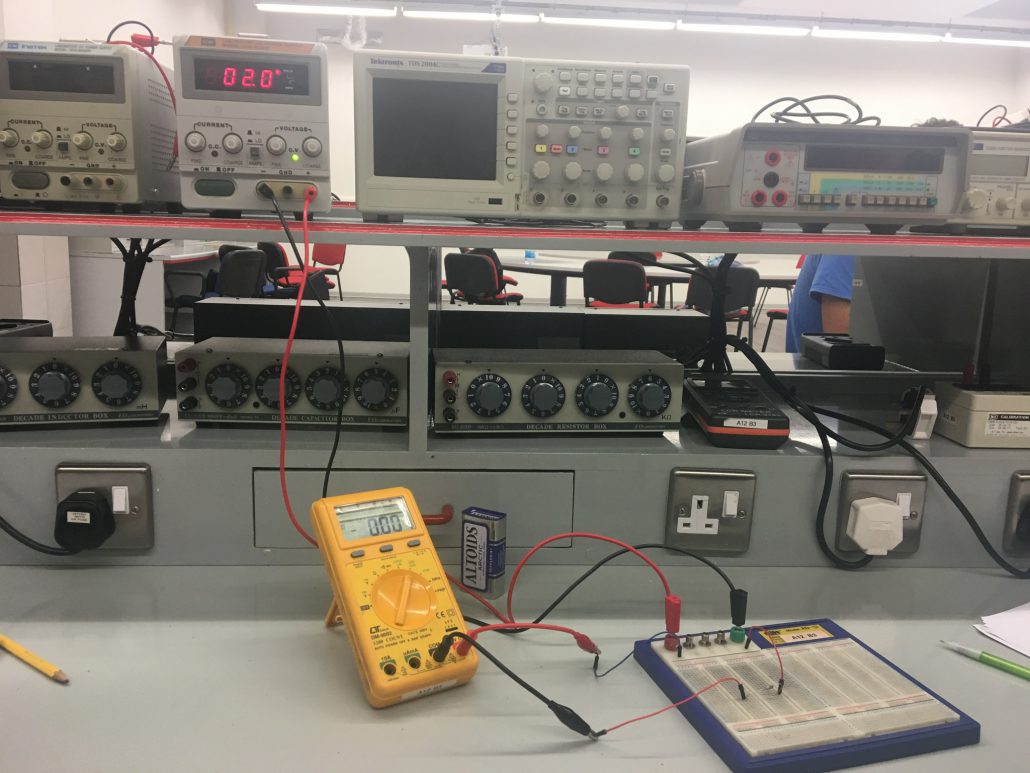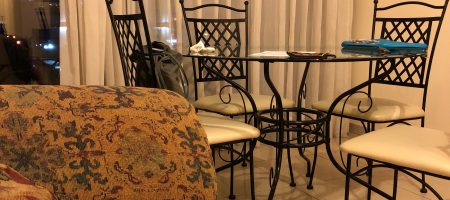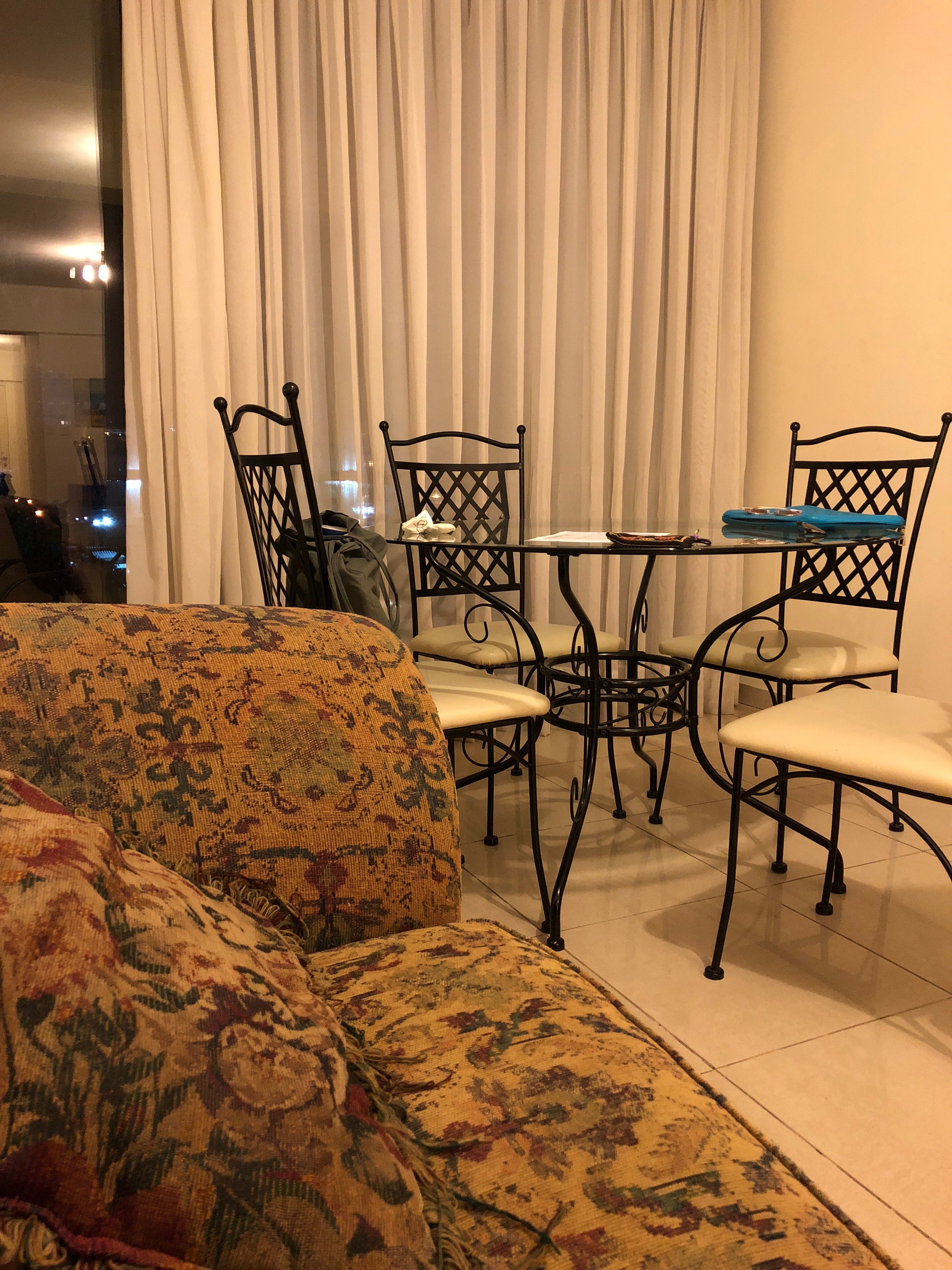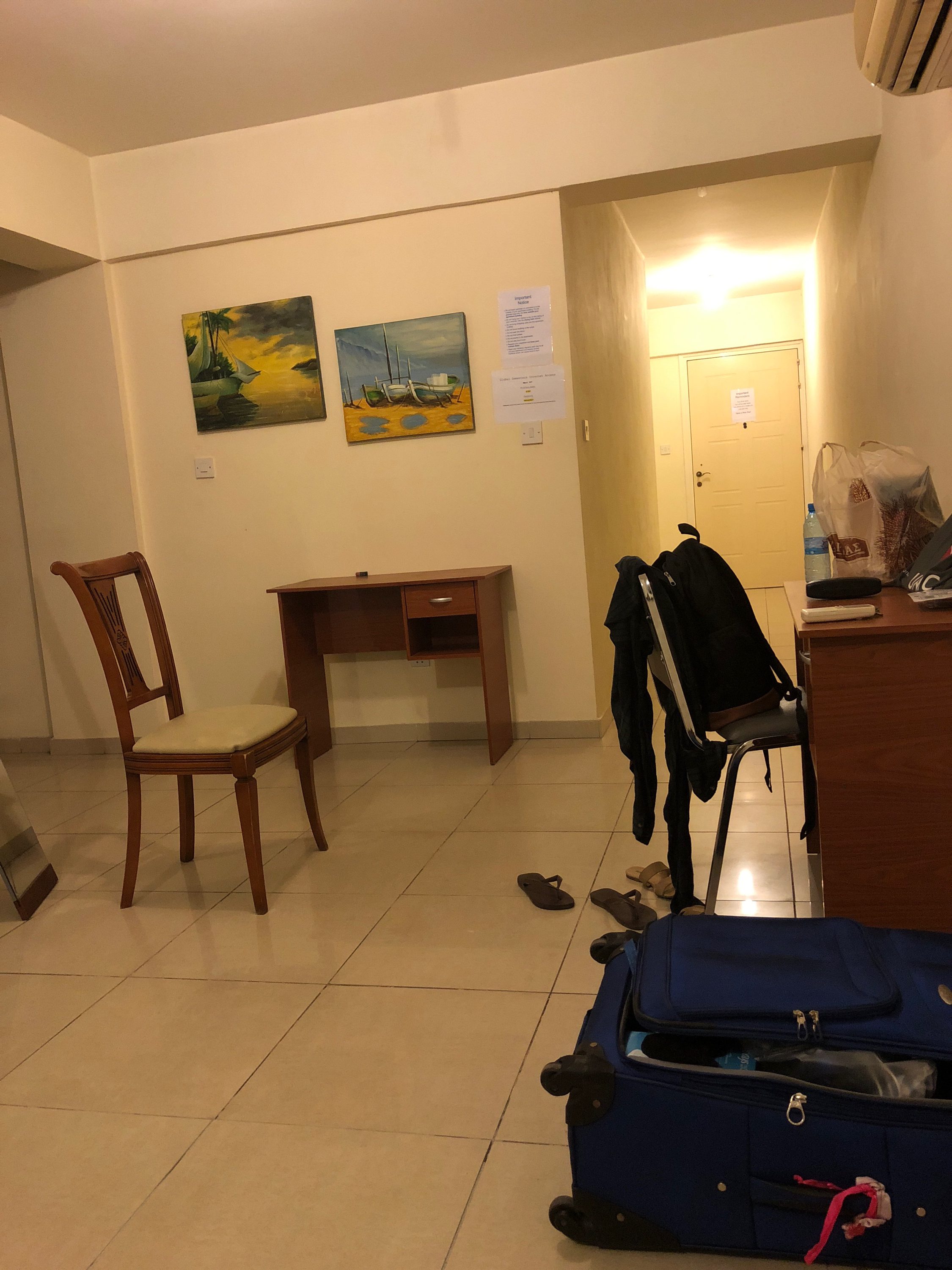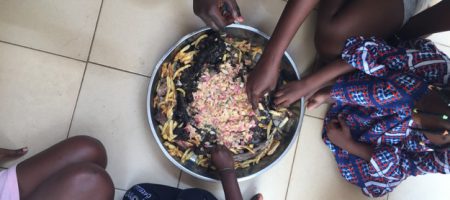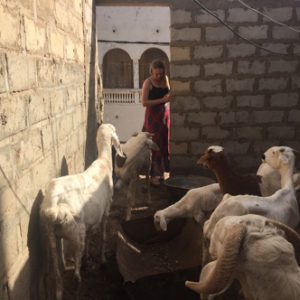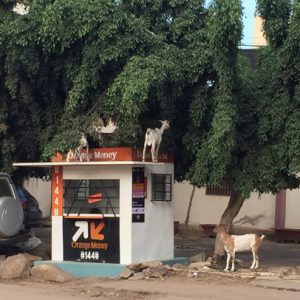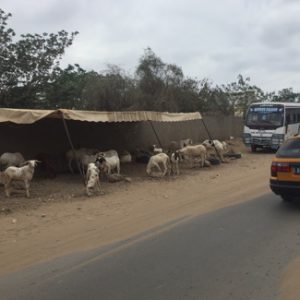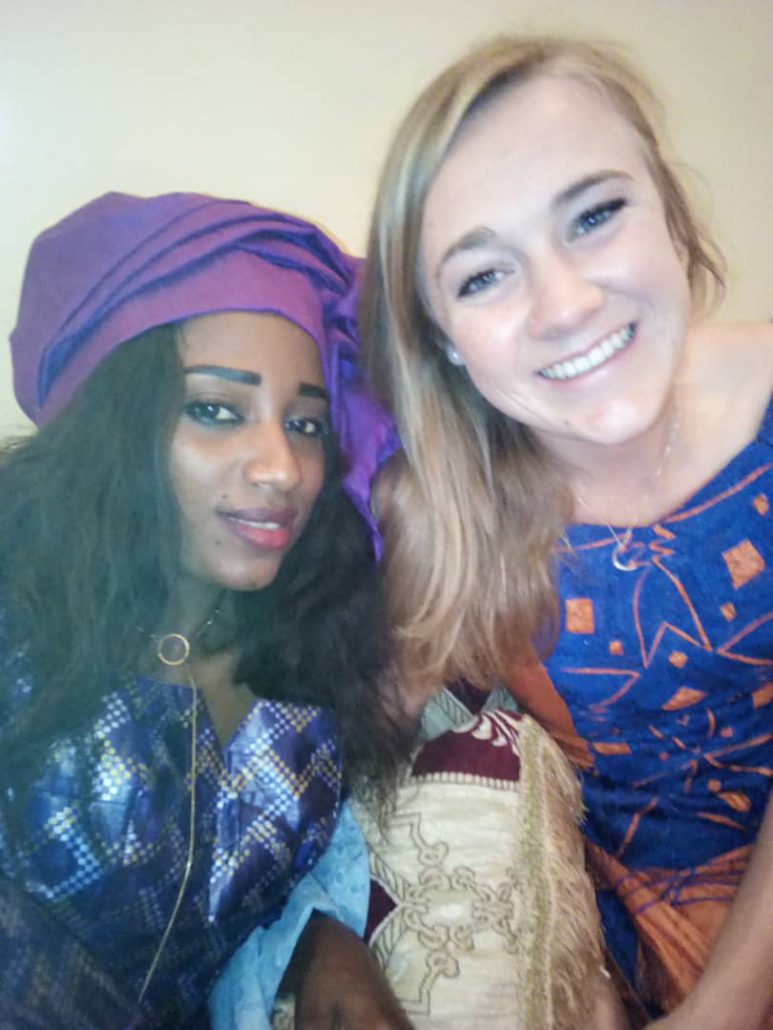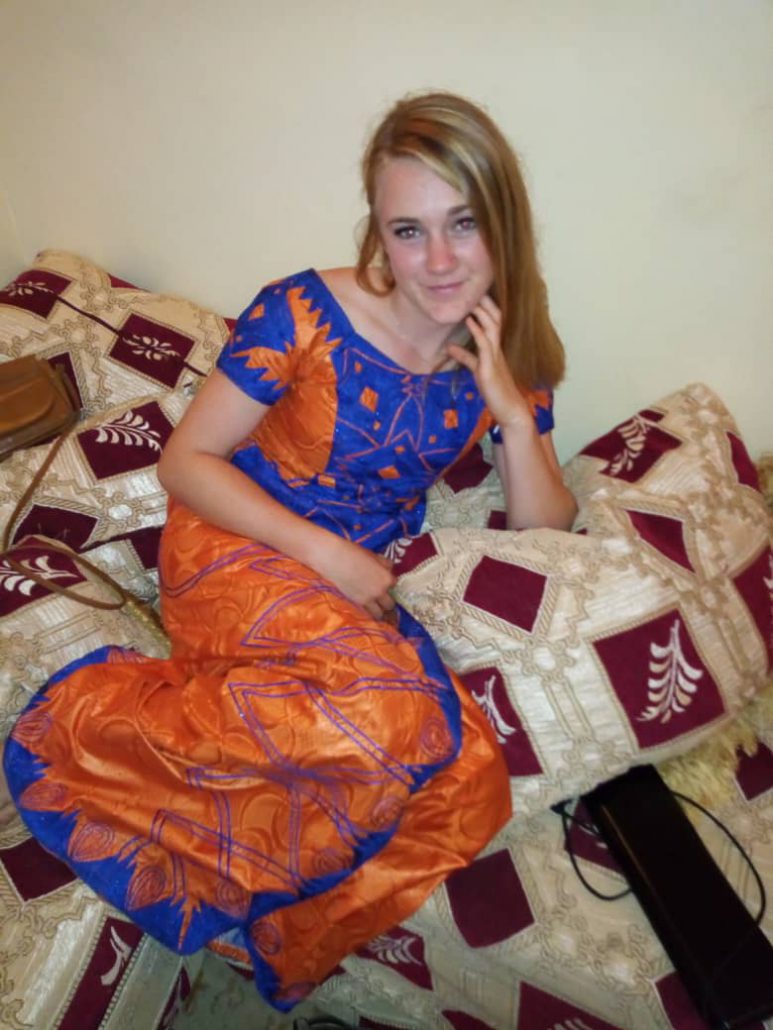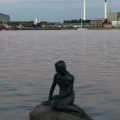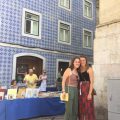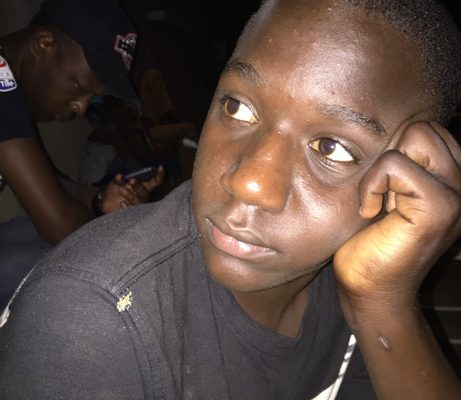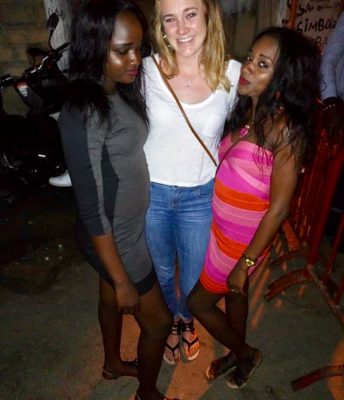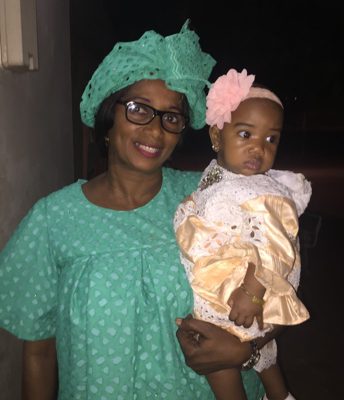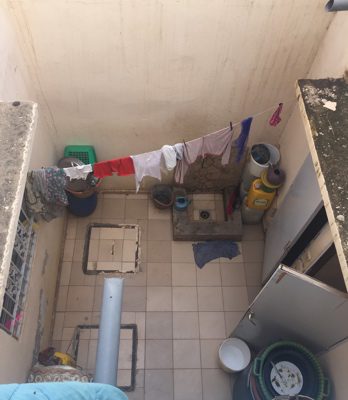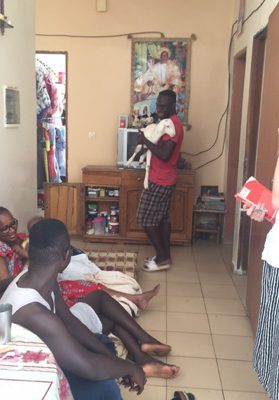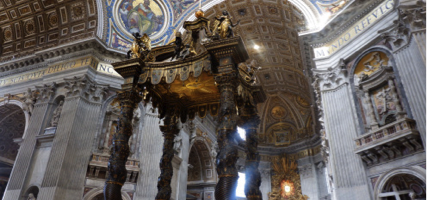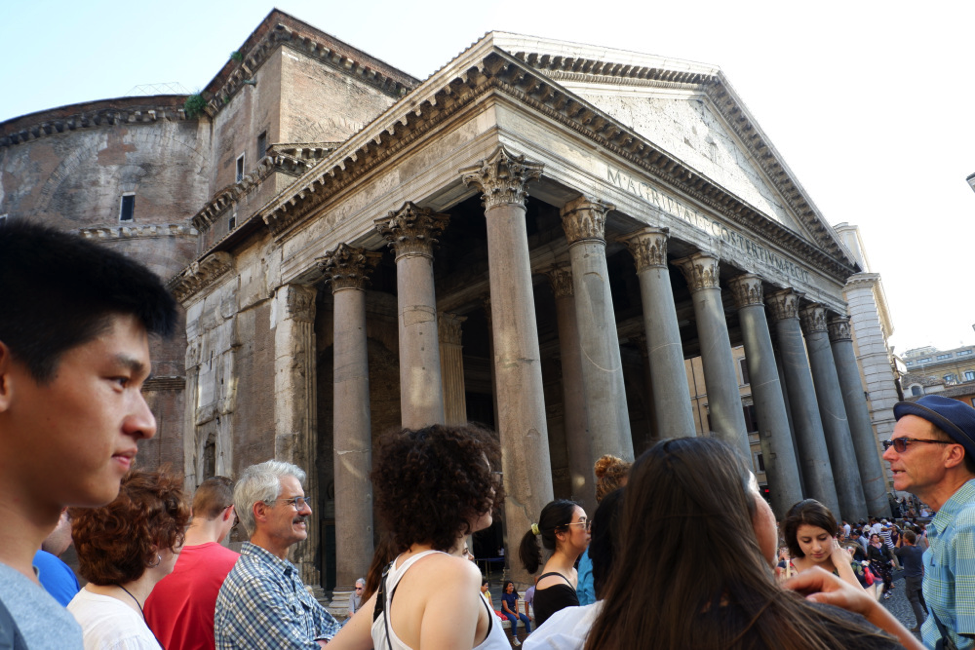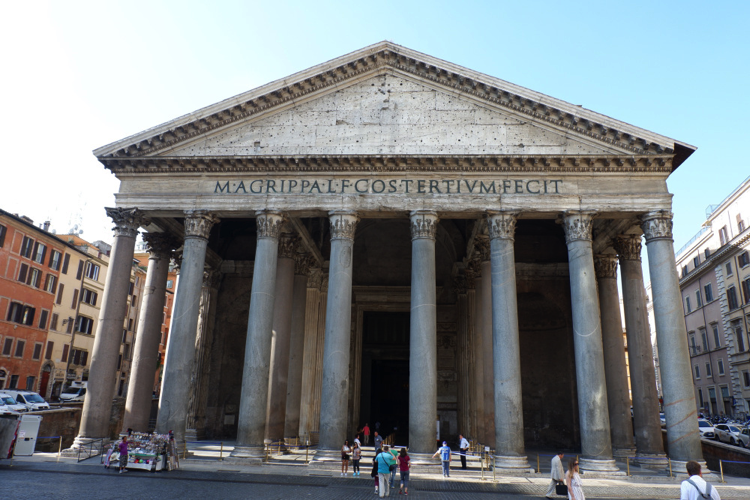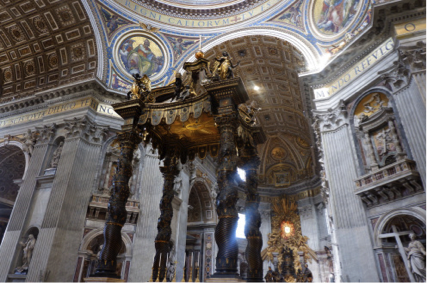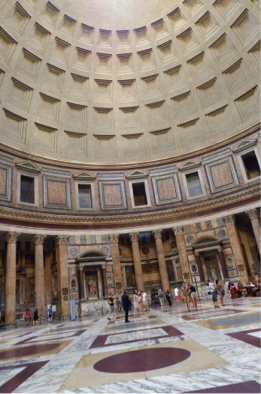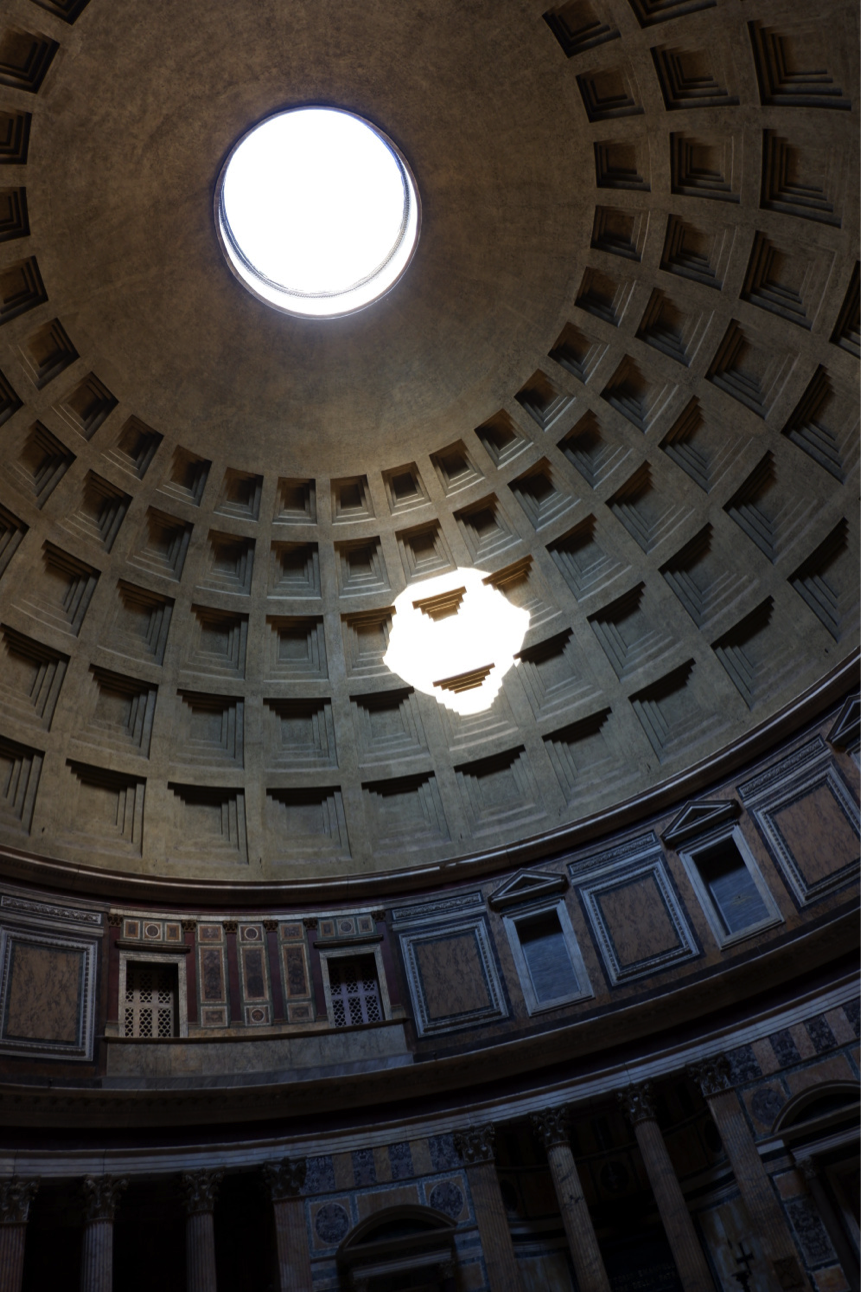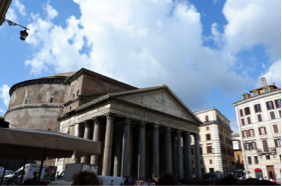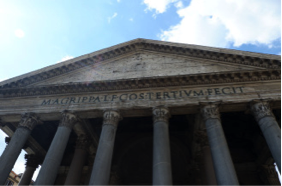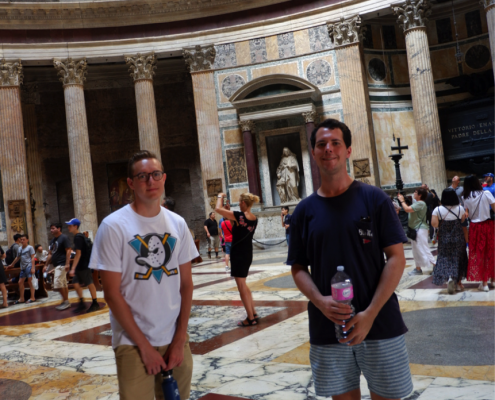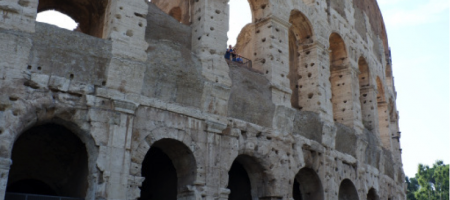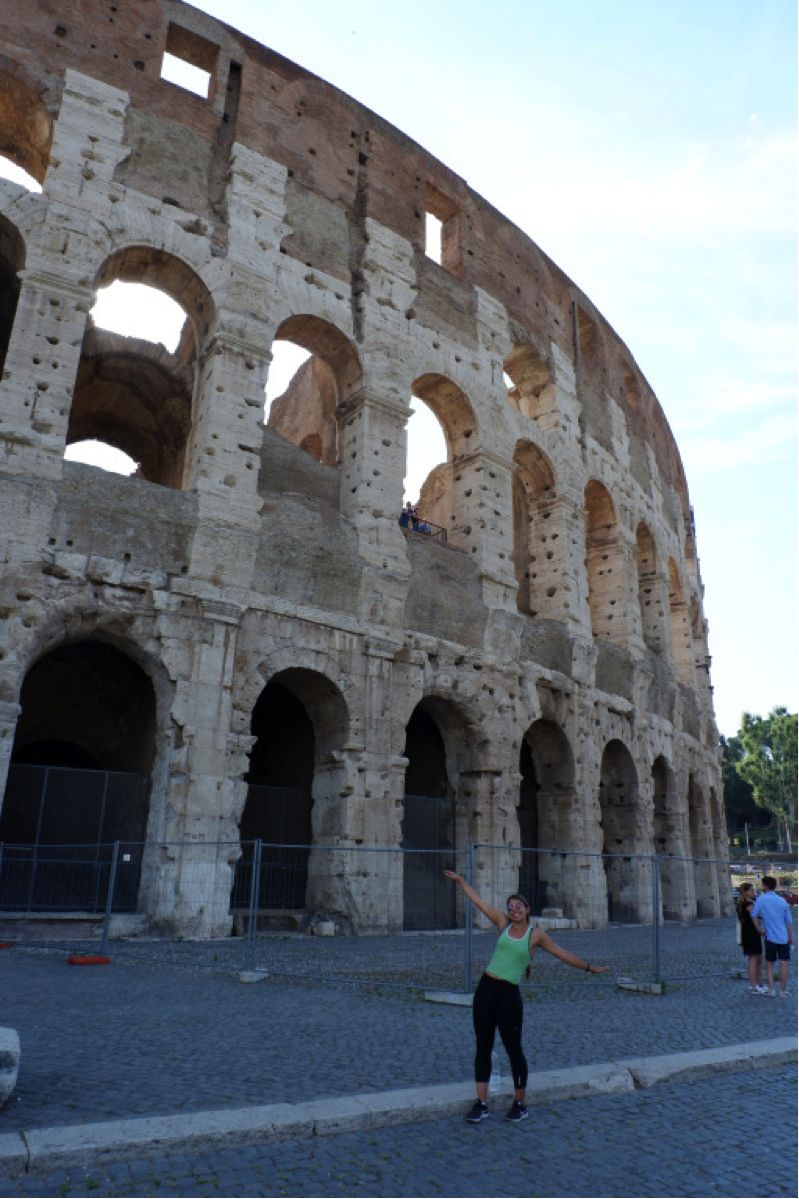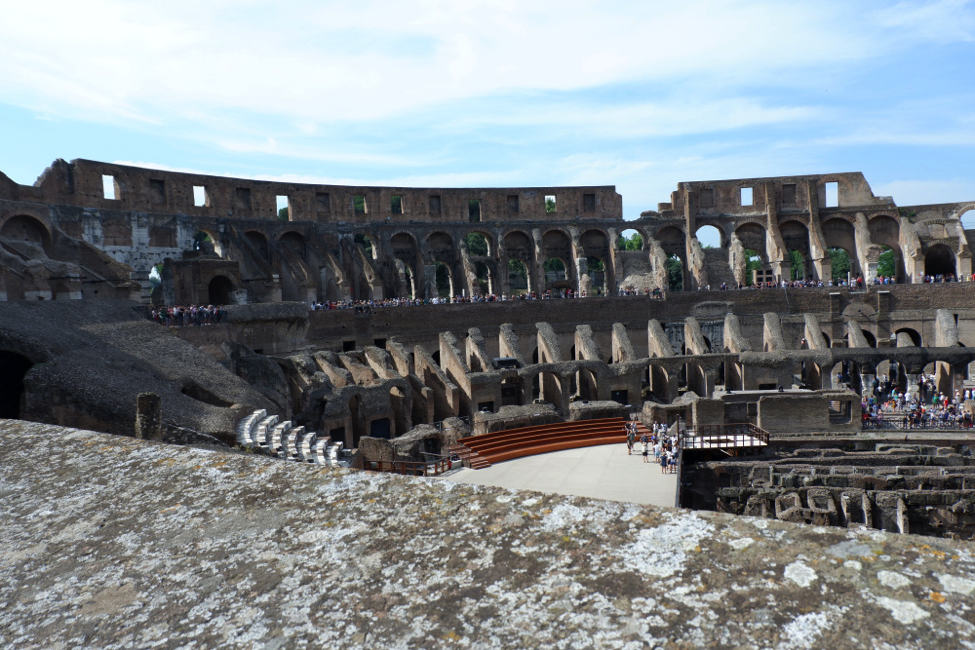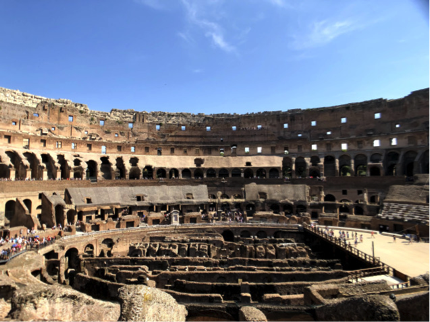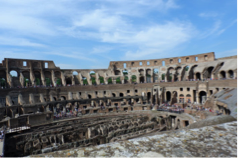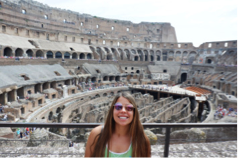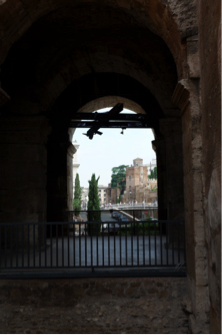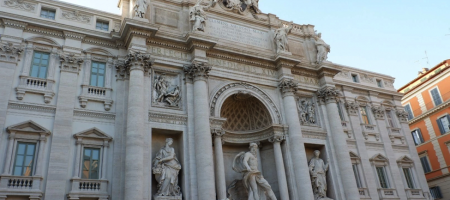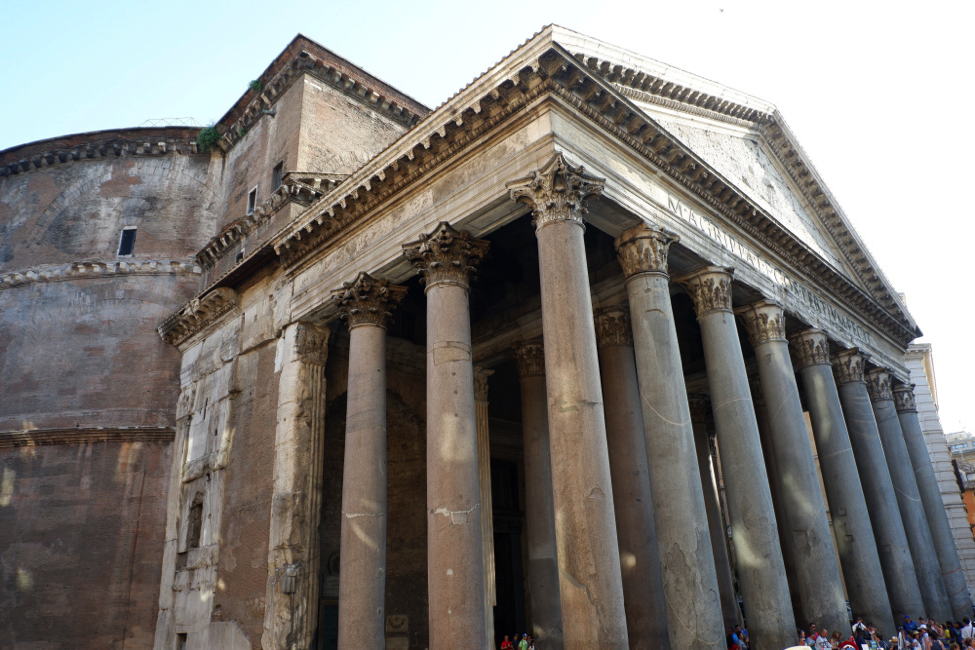South Africa | Spring Break in Lesotho, Botswana and Zimbabwe
BY KELLI HAMILTON
Since the seasons in Cape Town are the opposite of those in America, it was winter for most of my time in South Africa. Therefore, our week off of school was called spring break or as the locals say, “short vac.” For our short vacation, my housemates and I decided to travel around southern Africa. My housemate, Matthew, lived in Africa for a number of years and said he had always wanted to go to Lesotho. Thanks to him I now know how to pronounce the country too. It is Leh-sue-to. On September 7th, me, and my housemates, Ekshika and Matthew, began our amazing spring break trip.
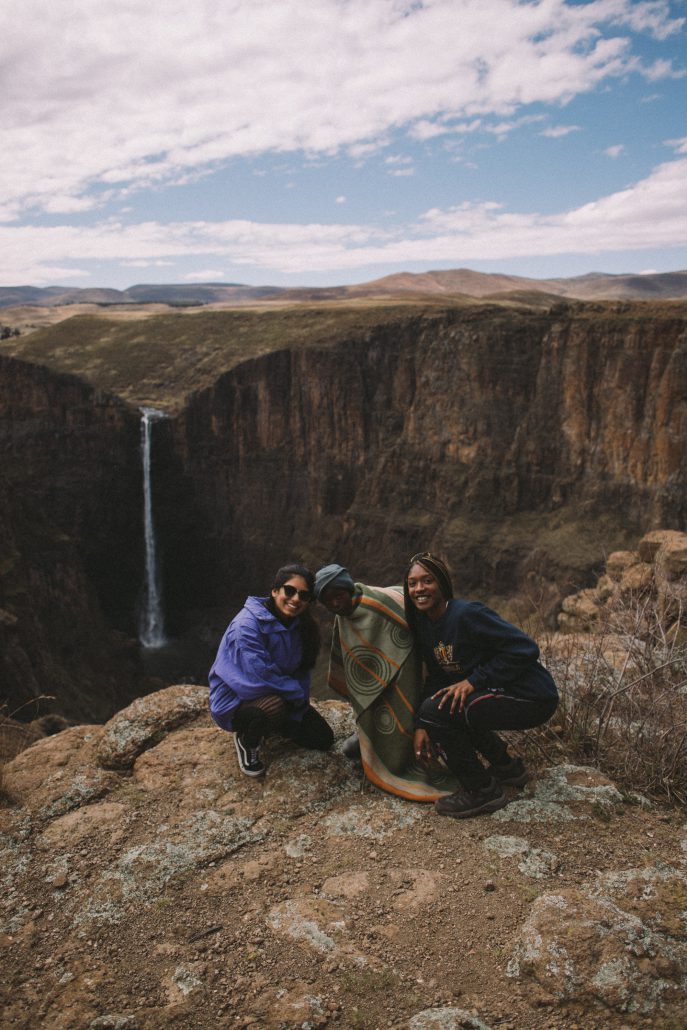
A common thing in Lesotho are blankets, which often have cultural and personal significance. Additionally, horseback is the main mode of transport and the country is filled with scenes that take your breath away (video on the left). We hiked for 3 hours to Maletsunyane Falls, which was huge and beautiful. We had a local 12 year old boy lead us there!! The next day we rode horses through the mountains and Ekshika bought a blanket of her own! WE ALSO GOT TO PLAY IN THE SNOW FOR MANY HOURS ON SATURDAY, WHICH WAS SO COOL (no pun intended). On Monday, we started our drive back to Bloemfontein and met up with some friends from UCT which was extra special. I could hardly wait for the rest of the trip!

The last two days of our trip were the perfect ending to such a great vacation. On Friday we went to high tea at the oldest hotel in Zimbabwe, the Victoria Falls Hotel. The Hotel is beautiful and offers a nice view of the bridge near the falls. The best part of the day was the high tea, however. We were able to get iced tea due to the 100-degree weather and we had pastries and finger sandwiches. We also took the time to have a little photoshoot because, how could we not in such a beautiful establishment? On Saturday, we went white water rafting on the Zambezi River, the 4th longest in Africa. It was my first time rafting, and it was tiring, but great. Our raft of seven capsized once and it was scary, but we got back on after rearranging ourselves. It was an amazing experience that culminated in a 30-minute hike to grab some lunch with our fellow rafters. On the way back, we got a flat tire, but a bus quickly rescued us. Sunday morning marked the end of our vacation, and we flew back to Cape Town with the lovely Kenya Airways. I think I can sum up my experience in four words: BEST SPRING BREAK EVER.
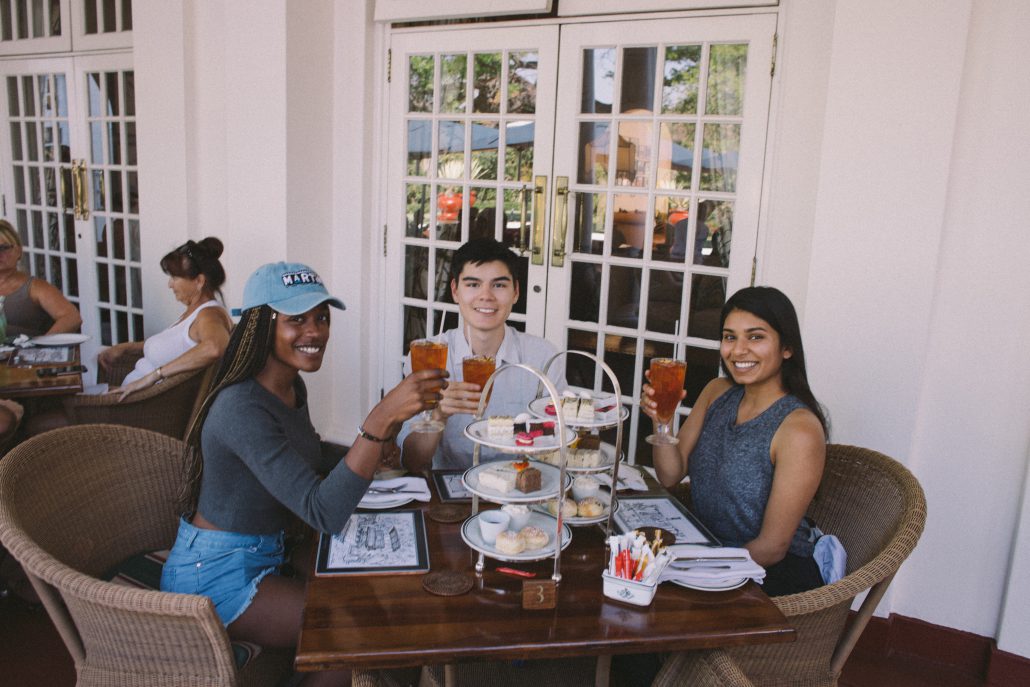
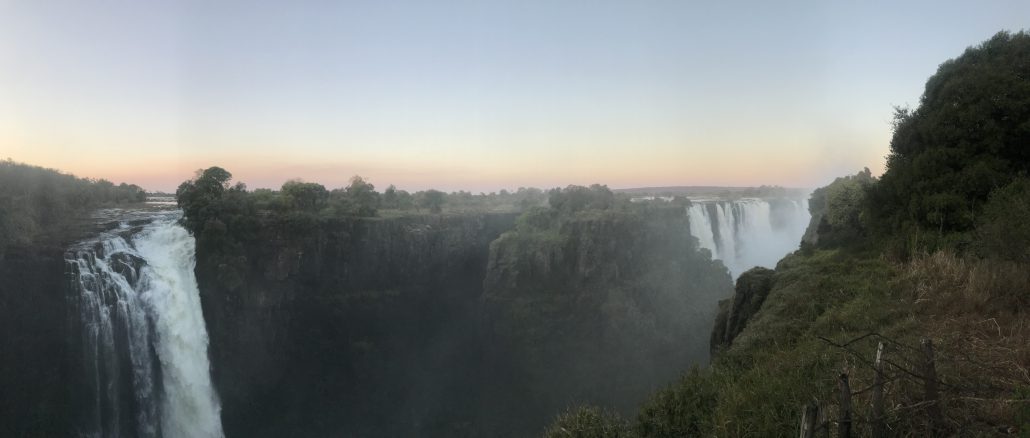
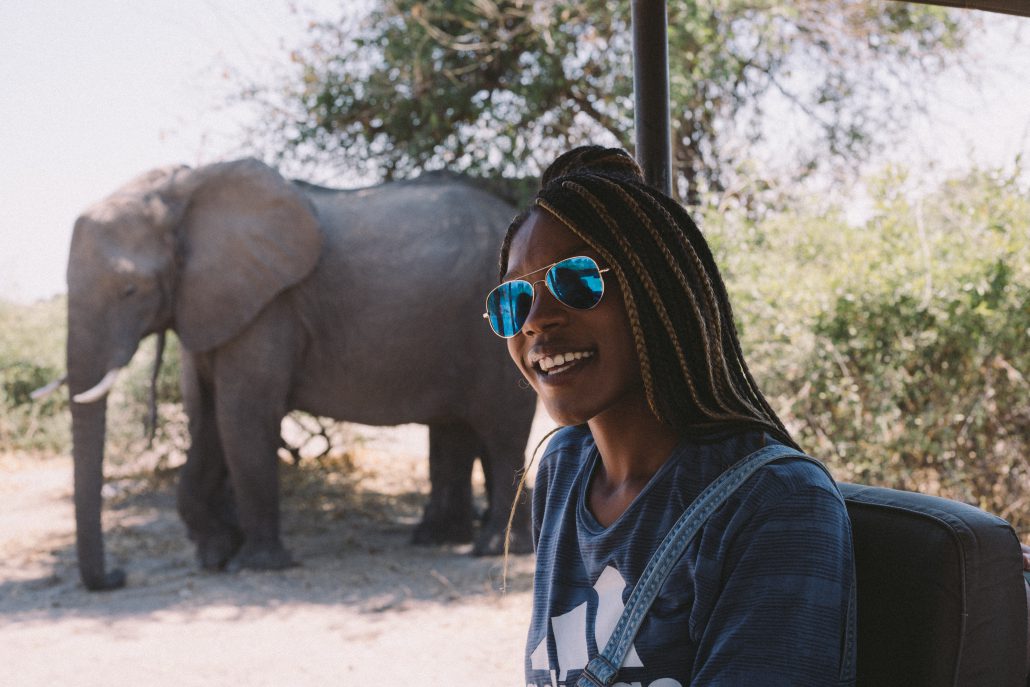
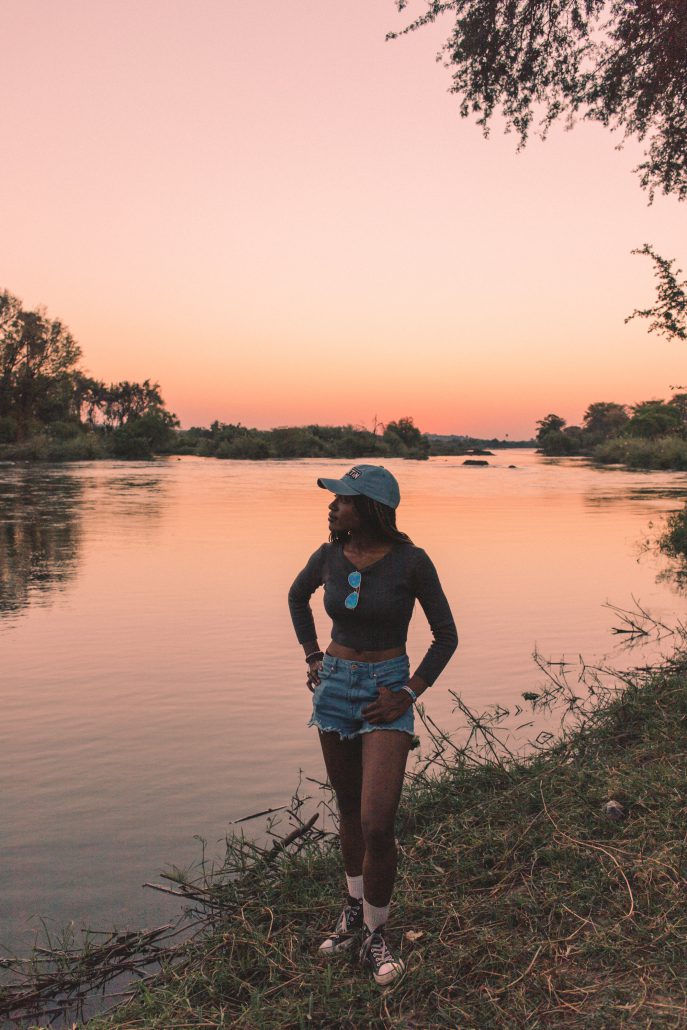
Kelli Hamilton studied abroad in Cape Town, South Africa in 2018: http://eap.ucop.edu/OurPrograms/south_africa/Pages/univ_of_cape_town.aspx


